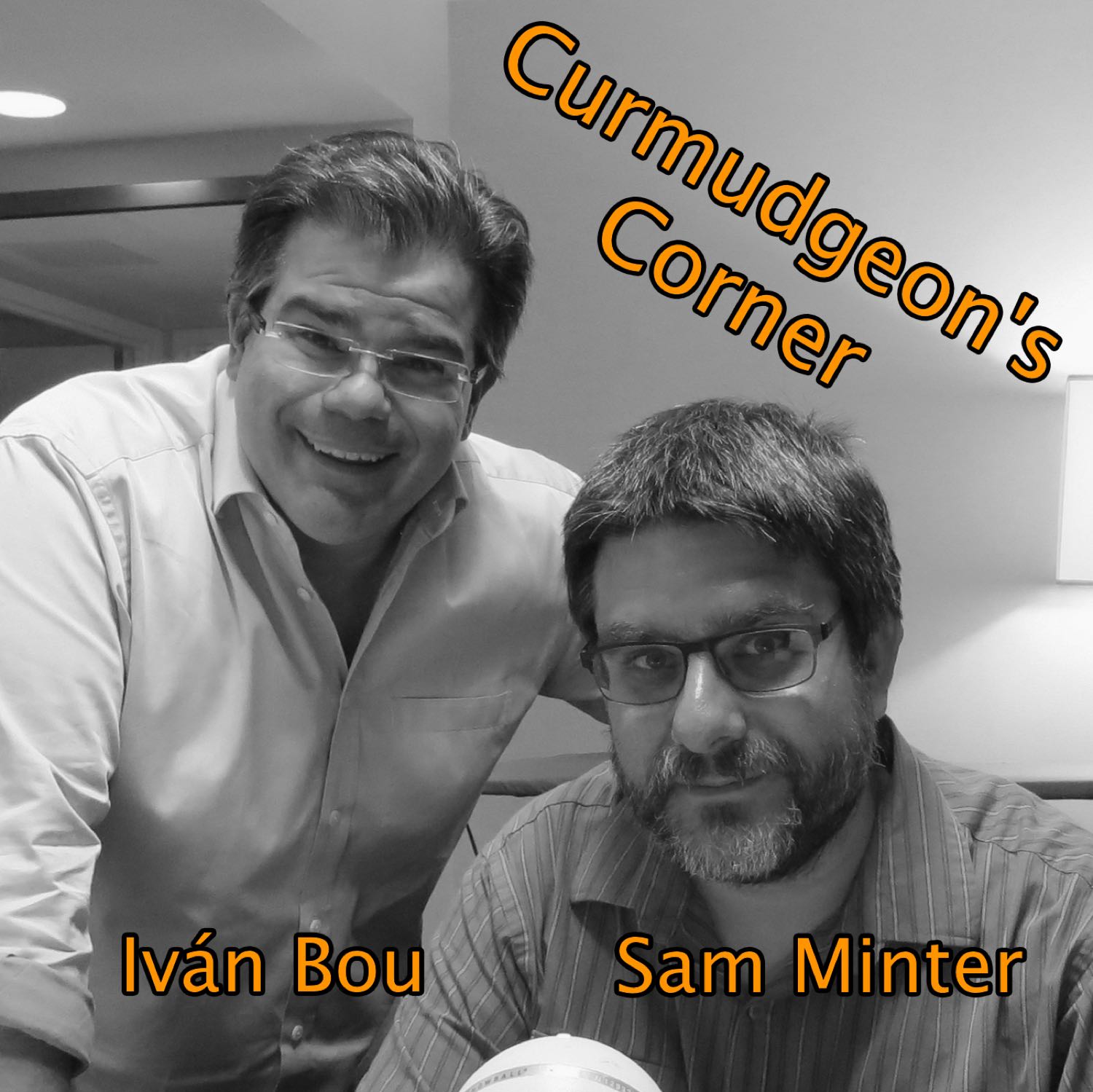Episode 2972
White dwarf
Tue, 2025-Jun-24 00:30 UTC
Length - 3:46
Direct Link
Welcome to Featured Wiki of the Day, your daily dose of knowledge from Wikipedia's finest articles.
The featured article for Tuesday, 24 June 2025, is White dwarf.
A white dwarf is a stellar core remnant composed mostly of electron-degenerate matter. A white dwarf is very dense: in an Earth sized volume, it packs a mass that is comparable to the Sun. No nuclear fusion takes place in a white dwarf; what light it radiates is from its residual heat. The nearest known white dwarf is Sirius B, at 8.6 light years, the smaller component of the Sirius binary star. There are currently thought to be eight white dwarfs among the hundred star systems nearest the Sun. The unusual faintness of white dwarfs was first recognized in 1910.: 1 The name white dwarf was coined by Willem Jacob Luyten in 1922.
White dwarfs are thought to be the final evolutionary state of stars whose mass is not high enough to become a neutron star or black hole. This includes over 97% of the stars in the Milky Way.: §1 After the hydrogen-fusing period of a main-sequence star of low or intermediate mass ends, such a star will expand to a red giant and fuse helium to carbon and oxygen in its core by the triple-alpha process. If a red giant has insufficient mass to generate the core temperatures required to fuse carbon (around 109 K), an inert mass of carbon and oxygen will build up at its center. After such a star sheds its outer layers and forms a planetary nebula, it will leave behind a core, which is the remnant white dwarf. Usually, white dwarfs are composed of carbon and oxygen (CO white dwarf). If the mass of the progenitor is between 7 and 9 solar masses (M☉), the core temperature will be sufficient to fuse carbon but not neon, in which case an oxygen–neon–magnesium (ONeMg or ONe) white dwarf may form. Stars of very low mass will be unable to fuse helium; hence, a helium white dwarf may be formed by mass loss in an interacting binary star system.
Because the material in a white dwarf no longer undergoes fusion reactions, it lacks a heat source to support it against gravitational collapse. Instead, it is supported only by electron degeneracy pressure, causing it to be extremely dense. The physics of degeneracy yields a maximum mass for a non-rotating white dwarf, the Chandrasekhar limit— approximately 1.44 times M☉— beyond which electron degeneracy pressure cannot support it. A carbon–oxygen white dwarf which approaches this limit, typically by mass transfer from a companion star, may explode as a Type Ia supernova via a process known as carbon detonation; SN 1006 is a likely example.
A white dwarf, very hot when it forms, gradually cools as it radiates its energy. This radiation, which initially has a high color temperature, lessens and reddens over time. Eventually a white dwarf will cool enough that its material will begin to crystallize into a cold black dwarf. The oldest known white dwarfs still radiate at temperatures of a few thousand kelvins, which establishes an observational limit on the maximum possible age of the universe.
This recording reflects the Wikipedia text as of 00:30 UTC on Tuesday, 24 June 2025.
For the full current version of the article, see White dwarf on Wikipedia.
This podcast uses content from Wikipedia under the Creative Commons Attribution-ShareAlike License.
Visit our archives at wikioftheday.com and subscribe to stay updated on new episodes.
Follow us on Mastodon at @wikioftheday@masto.ai.
Also check out Curmudgeon's Corner, a current events podcast.
Until next time, I'm standard Nicole.
|
|


